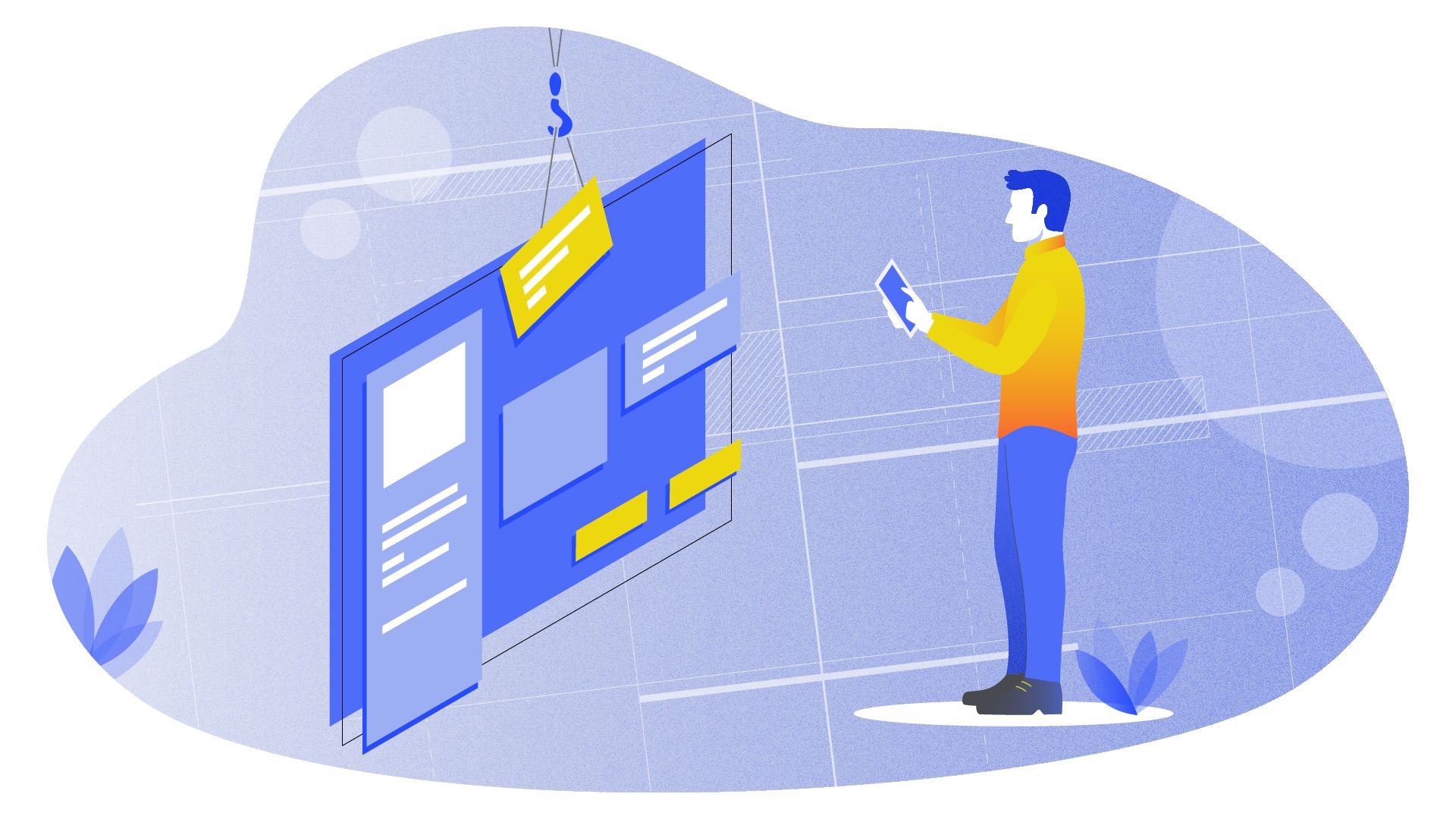I don’t need to tell you that multimedia applications at exhibitions make absorbing information and knowledge much more attractive and more accessible. As a result, interacting with exhibits attracts more visitors than traditional artifacts. What does the process of creating such media look like? In this article, we will present the basic steps of creating multimedia applications.
Each interactive stand consists of three basic elements: the multimedia device, the content and the computer programme that presents the content and manages it. But choosing the right equipment is only half the battle. In order to fully utilise its potential, it is crucial to develop appropriate applications and some really engaging multimedia.
Below I will explain, in a few steps, the process of creating such applications, based on my experience as a Project and Head of Content Department. For the sake of the article, I have simplified the whole process, as my goal is to direct your attention to the whole of it and its individual steps, without going into unnecessary detail.
The process of creating applications for multimedia stands
Step 1: Designing the structure and graphic style of the application
First of all, a complex description for the application is created, as well as a suggestion for the visual style. Based on the premise and the description, a functional mock-up of the application is prepared. It is during this step that a comprehensive concept of the application arises, taking into account all of the interactions.
Step 2: Creating content
The second step is to map out the intended content. It is an important step that requires a thorough approach, since the substantive level of the stand depends on it. It usually requires research, the creation and editing of texts.
It is good practice (which we particularly enjoy) to work together with external experts, who check the subject matter of the scenarios. Each of them specialises in a different subject, which is why we can create content for various fields of knowledge.
Content does not only include the text that the visitors read while using the application. It is also scenarios and various animation storyboards that accurately describe what is going on the screen, how long the narrative lasts and what is consists of.
Often, the multimedia exhibitions are available in multiple languages. If this is the case, it is during this step that the translation takes place.
Step 3: Programming
While the content and graphics teams are working on their parts, the development team is programming away. The IT team writes the application that will enable the visitors to interact with the stand. What is created is an IT-based solution in accordance with the graphic design and content of the particular stand.
Step 4: Putting the content into the application (CMS)
The resulting skeleton application is ready to be filled with content. Here, I would like to draw your attention to the significance of Content Management System (CMS). It is important to take into account its implementation already at the first step of the process (it could be combined with software for managing AV installations, such as Toucan Nest). Such solutions will make later changes in content much easier and, if need be, allow for quick changes even after the application has been installed on the stand’s computer.
Step 5: Testing and implementing the application
While building an application, continuous tests are necessary. The software is constantly checked for correct functioning, reliability and accuracy. Applications are thoroughly reviewed before they are implemented. After testing, it is time to upload the application to the stand. From that moment onwards, the entire set-up is ready to serve visitors.





